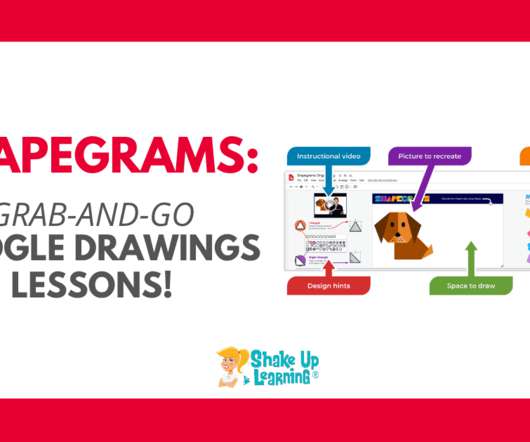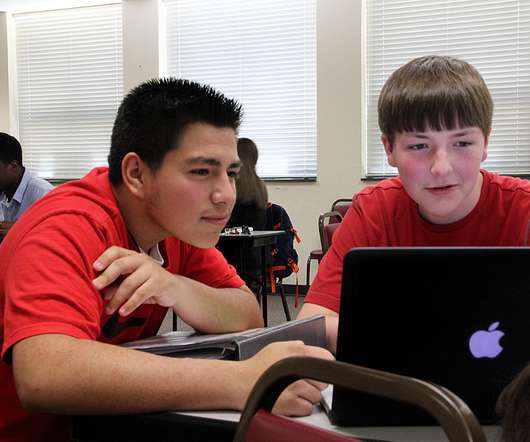4 Ways Edtech Entrepreneurs Can Earn Trust and Unlock New Opportunities With Education Customers
Edsurge
OCTOBER 23, 2023
In 2002, a critical transition occurred when 94 percent of public schools secured always-on broadband connections, granting educators and students increased access to rich media content.




































Let's personalize your content